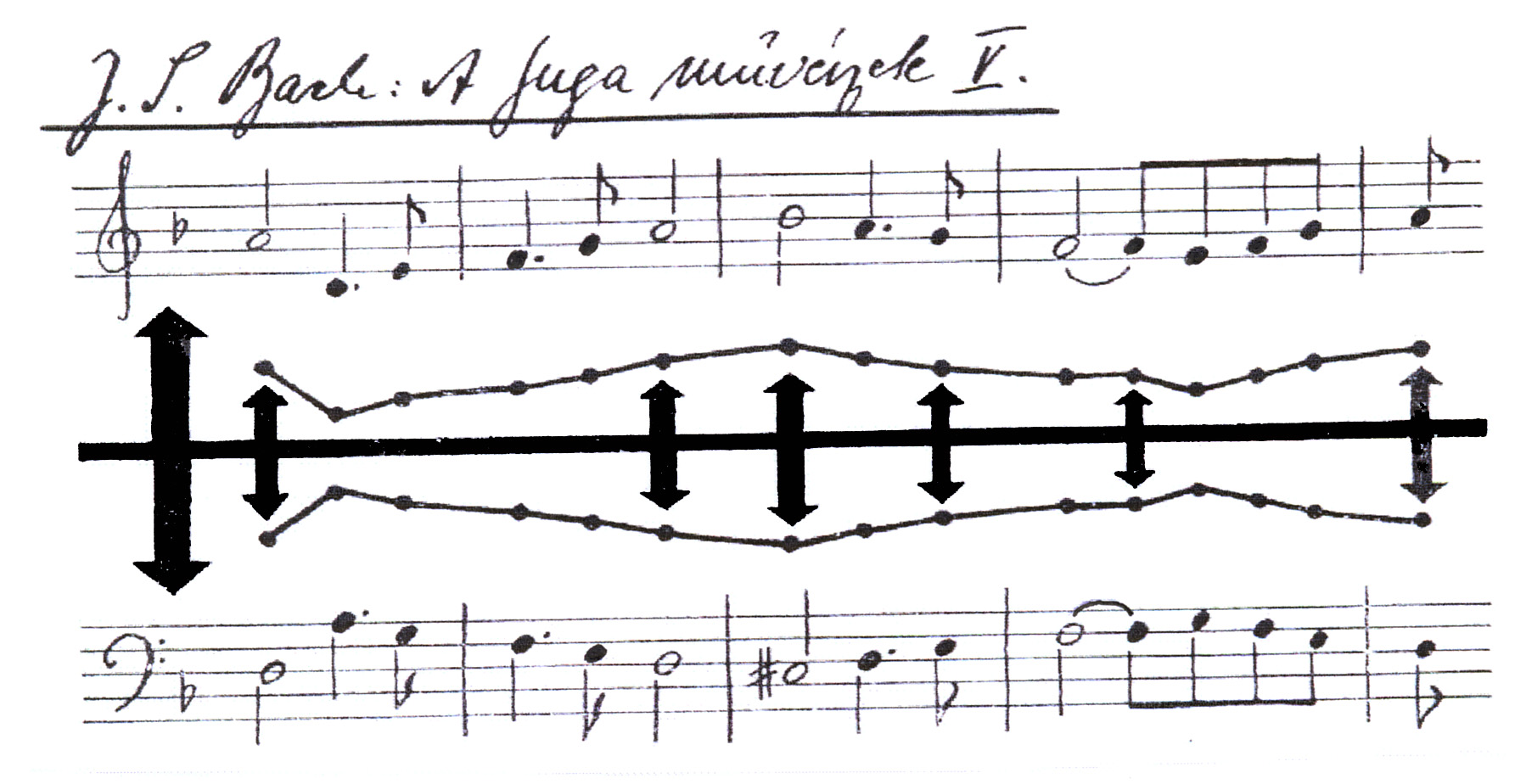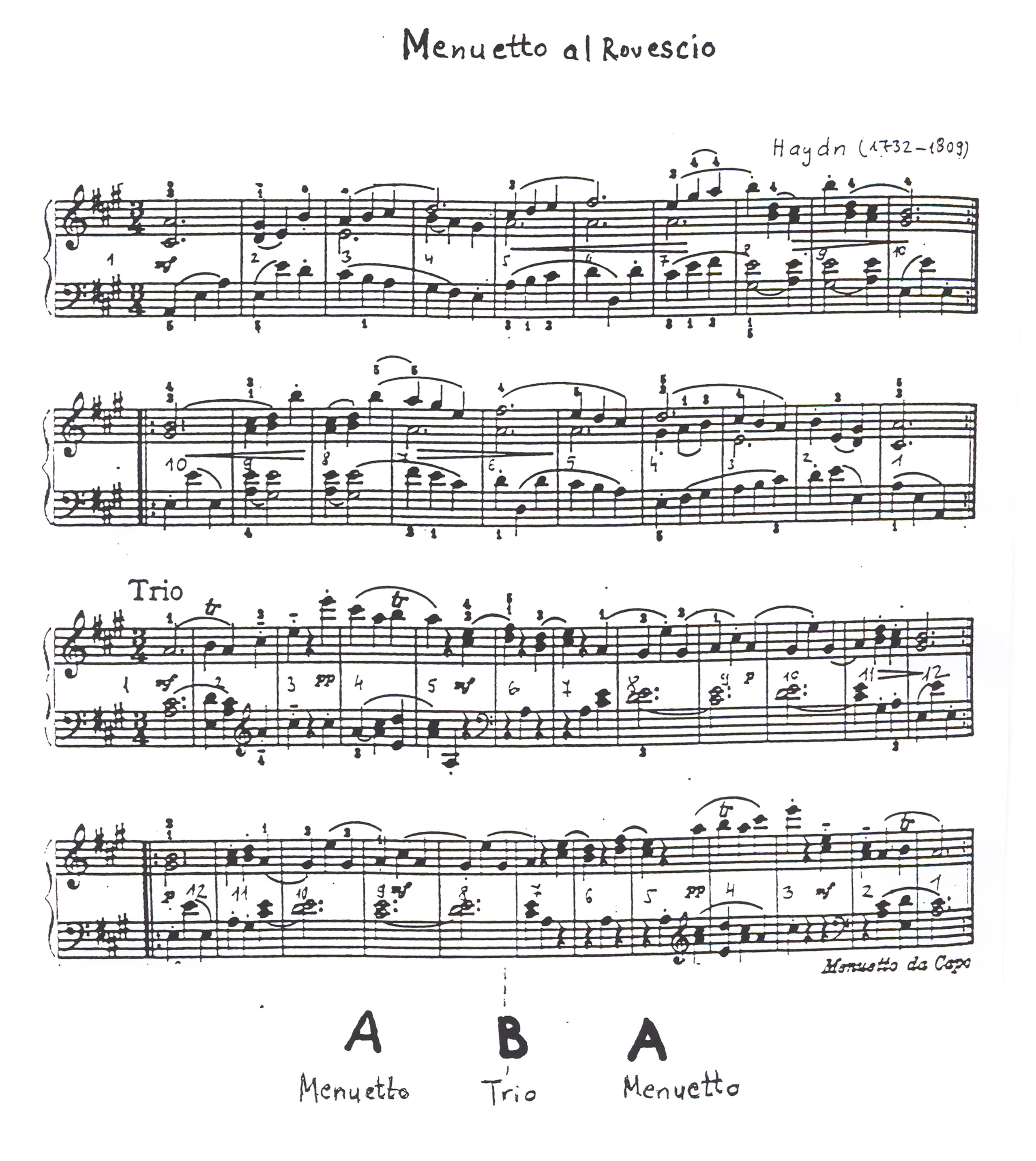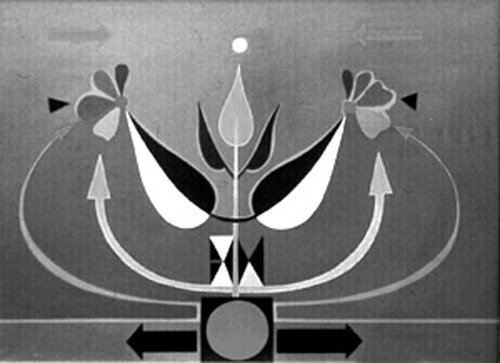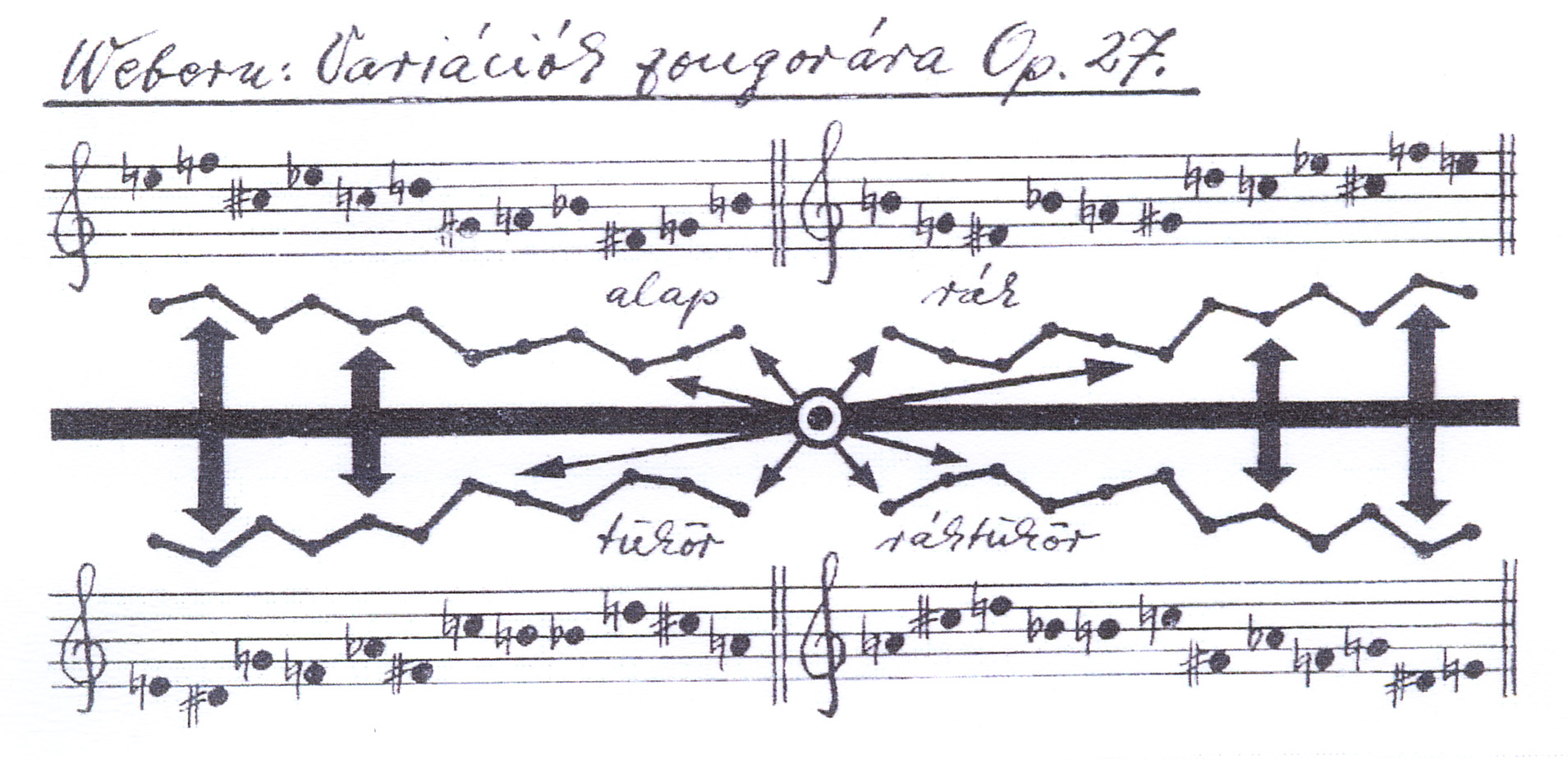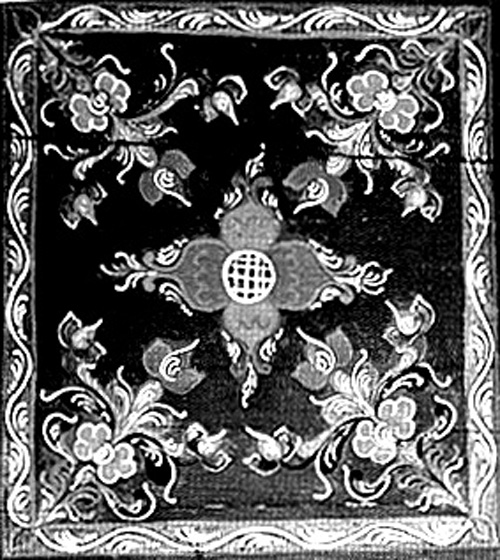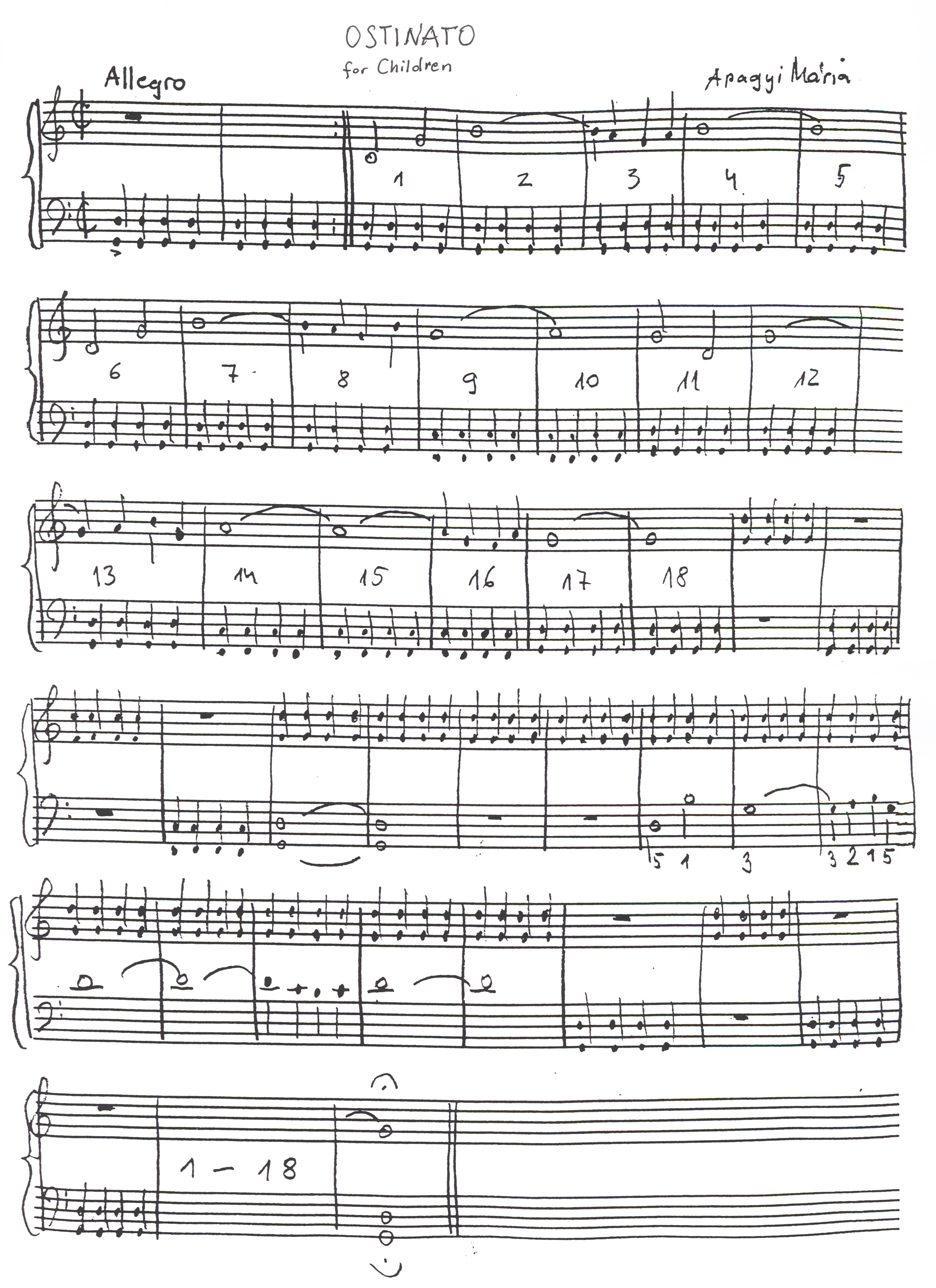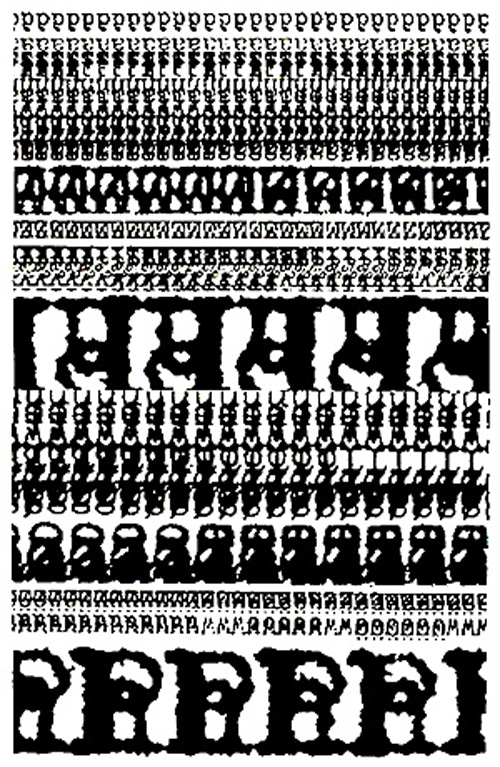|
MÁRIA APAGYI
Name: Mária Apagyi, Pianist, Music-teacher, (b. Kassa, Hungary 1941). Address: Martyn Ferenc Free School of the Arts, Pécs, 7625 Hungary; E-mail: apagyi@freemail.hu Fields of interest: Search for connections between things Awards: Distinguished Teacher, 1981; Weiner Leo Award, 1991; Pro Civitate, 1998. Publications: Construction and improvisation 1984; Symmetries in music teaching (Pergamon Press), 1989; Development and inter-relationships between musical and visual abilities (with Ferenc Lantos), 1992; Improvisation: Syllabus and Curriculum of the Music Schools in Hungary, 1998. Concerts: Pécs,
Budapest, Komló, Köröshegy, Balatonföldvár,
Zagreb
.
1 BILATERAL SYMMETRY 1.1 Reflection across a horizontal axis Examples: Castel Sant’Angelo and the Sant’ Angelo Bridge, Rome (Photo: Ferenc Lantos); J. S. Bach: The Art of Fugue (V. detail)
1.2 Reflection across a vertical axis Examples: View of the St. Peter’s Square,
Rome (Photo: Ferenc Lantos); Ferenc Lantos: Keletkezés (Rise,
in Hungarian); Haydn: Menuetto al Rovescio.
1.3 Reflection across a horizontal and vertical axis Examples: Folk painting (Photo: Miklós Lantos); Row by Webern (Prime, Retrograde, Inversion, Retrograde Inversion).
2 TRANSLATIONAL SYMMETRY 2.1 Repetition, ostinato Examples: Ferenc Lantos: Repetition Sounds; Mária Apagyi: Ostinato (for Children).
|

